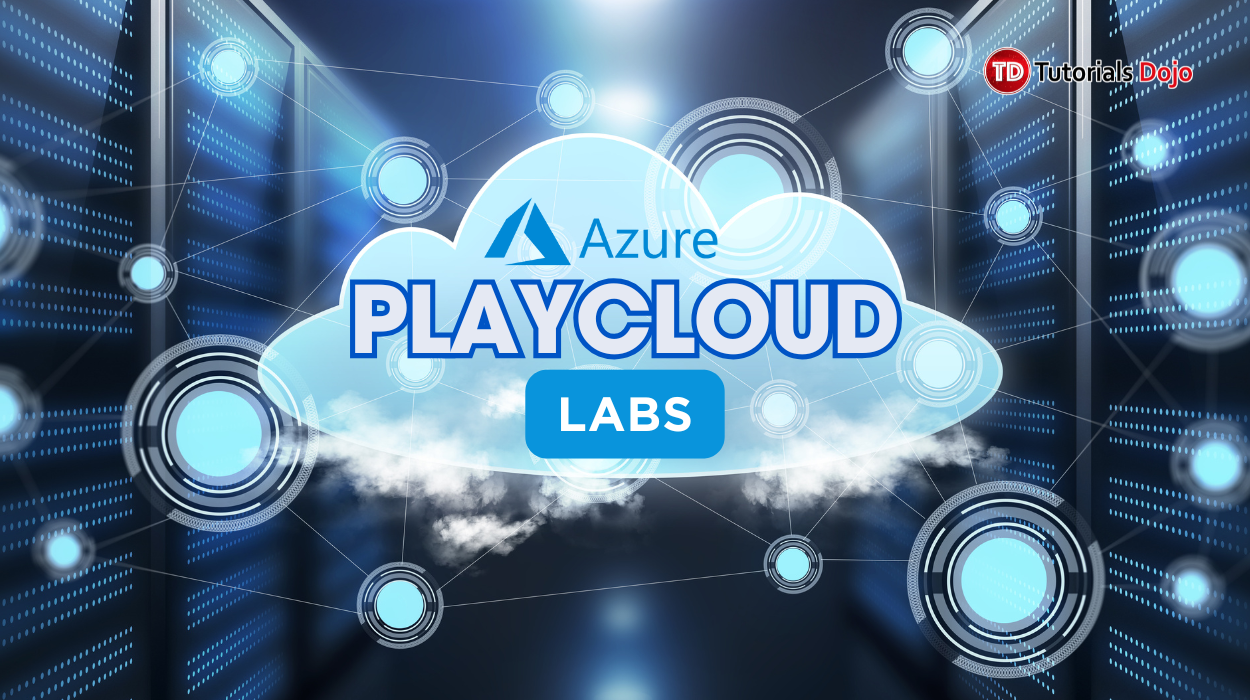Last updated on September 6, 2024
On June 19, 2023, AWS launched its Local Zones in Manila, marking a significant milestone in the Philippines’ cloud computing journey. AWS Local Zones are extensions of AWS Regions designed to bring cloud services closer to users, offering low-latency access and localized data processing. This development is set to transform the tech landscape in the Philippines, enhancing performance for various applications.
In this article, we’ll explore how to enable and use the AWS Local Zone in Manila, with a detailed guide on launching an Amazon EC2 instance.
What Are AWS Local Zones?
AWS Local Zones are a type of infrastructure deployment that places compute, storage, database, and other select AWS services closer to large populations and industries that require single-digit millisecond latency. This is particularly crucial for applications that need real-time responsiveness, such as online gaming, video streaming, augmented reality (AR), virtual reality (VR), and machine learning.
By having a Local Zone in Manila, AWS is bringing the cloud closer to users in the Philippines, reducing the time it takes for data to travel from end-users to the cloud and back. This is a game-changer for organizations looking to optimize their performance while adhering to strict data residency and compliance requirements.
How to Enable the AWS Local Zone in Manila?
The following steps outline how businesses and developers can start using the AWS Local Zone in Manila:
Step 1: Access the AWS Management Console
- Login to AWS Console: Open the Amazon Web Services Sign-In.
- Select the Singapore Region: In the top-right corner, ensure your region is set to Asia Pacific (Singapore) ap-southeast-1.
Step 2: Navigate to EC2 Dashboard
-
Go to EC2 Dashboard:
-
In the AWS Management Console, select EC2 under the Compute section.
-
-
Open the Zones Settings:
-
On the rightmost side of the EC2 Dashboard, look for the Zones option.
-
Click on Manage to open the zone management settings.
-
Step 3: Enable the Manila Local Zone
-
Locate the Manila Local Zone:
-
In the list of available zones, find the Manila AWS Local Zone labeled as ap-southeast-1-mnl-1.
-
-
Enable the Zone:
-
Click on the Enable button next to the Manila Local Zone.
-
After selecting, click on Update Zone Group to apply the changes.
-
- Confirm the Action:
- A prompt will appear asking you to confirm the action. Type Enable in the field below and Click Enable zone group
.
- The changes might take a few minutes to process.
- A prompt will appear asking you to confirm the action. Type Enable in the field below and Click Enable zone group
Step 4: Verify the Status
- Refresh the EC2 Settings page
- After a few minutes, refresh the page.
- Check the status of the Manila Local Zone; it should now show as Enabled.
Creating a VPC and Subnet in the Manila Local Zone
With the Local Zone enabled you can now create and configure a Virtual Private Cloud (VPC) to use the Manila Local Zone.
Step 1: Create a VPC
- Go to the VPC Dashboard and create a new VPC.
- VPC Name:
manila-vpc - CIDR Block:
10.0.0.0/28
- VPC Name:
Step 2: Create a Subnet
- In the VPC Dashboard, look for the Subnets section on the left sidebar.
-
Click Subnets and then Create subnet.
-
Fill in the details for your new subnet:
- Select the VPC you created (
manila-vpc).
- Select the VPC you created (
-
-
Subnet Name:
manila-pub-1 -
IPv4 VPC CIDR Block:
10.0.0.0/28 -
Availability Zone: From the dropdown menu, select Philippines (Manila).
-
You should see Philippines (Manila) — ap-southeast-1-mnl-1a as an option.
-
- Click Create subnet to finalize.
- Click Create subnet to finalize.
Step 3: Attach an Internet Gateway
-
In the VPC Dashboard, click on Internet Gateways in the left sidebar.
-
Click Create Internet Gateway.
-
Name:
manila-vpc-igw
-
-
After the gateway is created, select it from the list, click Actions, and choose Attach to VPC.
-
Select your VPC (
mnl-vpc) and click Attach.
To allow your instances to access the internet, attach an Internet Gateway to your VPC.
Launching an EC2 Instance in the Manila Local Zone
With your VPC and subnet set up, you can launch an EC2 instance in the Manila Local Zone.
- Navigate to the EC2 Dashboard.
-
Click Launch Instance.
-
Instance Name:
manila-server -
AMI: Choose an Amazon Linux AMI (or another AMI as needed).
-
Instance Type: Select
t3.medium(ensure it is supported in the Manila Local Zone).
-
-
When launching an Amazon EC2 instance in the Manila Local Zone (ap-southeast-1-mnl-1a), it’s essential to choose the right instance type to match your workload requirements. The Manila Local Zone supports various instance types, including T3, C5, R5, and M5 instances, which cater to different use cases, such as general-purpose computing, compute-optimized tasks, and memory-intensive applications.
-
Configure the instance details:
-
Network: Choose
manila-vpc. -
Subnet: Select
manila-pub-1. -
Auto-assign Public IP: Enabled.
-
Security Group: Create a new security group named
manila-server-ph.
-
In the Source type, we have three choices: Anywhere, Custom, and MyIP. I will allow ‘Anywhere’ as a source type for this demonstration. However, it is crucial to restrict access to specific IP ranges or trusted sources to minimize potential security risks.
-
Configure storage and create a key pair:
-
Storage: Choose
gp2. -
Key Pair: Create a key pair named
mnl-serverfor secure access.
-
-
Review your settings and click Launch to start your instance.
Congratulations! You’ve successfully set up an AWS Linux server in the new AWS Local Zone in Manila.
Verifying the EC2 Instance Using SSH
After launching your EC2 instance, you can verify it using SSH:
Step 1: Connect to Your EC2 Instance via SSH
- Open a terminal on your local machine.
- Use SSH to connect to your instance:
ssh -i "mnl-server.pem" ec2-user@<your-instance-public-ip>
- Once connected, you can use your EC2 instance in the Manila Local Zone!
Step 2: Use Ping from Within the SSH Session
- Ping your EC2 instance:
- ping <target-private-ip>
- This is useful to verify internal connectivity within your VPC.
- Review the Ping Results
- Successful ping results indicate that your EC2 instance can communicate with external networks or other instances within your VPC.
Conclusion
Following these steps, you’ve successfully launched an Amazon EC2 instance using the AWS Local Zone in Manila. This setup is ideal for applications requiring low latency, offering improved performance for users in and around the Manila region. Keep exploring AWS Local Zones to optimize your cloud resources even further!
The future of cloud computing lies in bringing technology closer to where it is needed the most. With the AWS Local Zone in Manila, we’re not just reducing latency but opening new doors for innovation in the Philippines.
Reference:
Announcing the general availability of AWS Local Zones in Manila (amazon.com)





 .
.
































